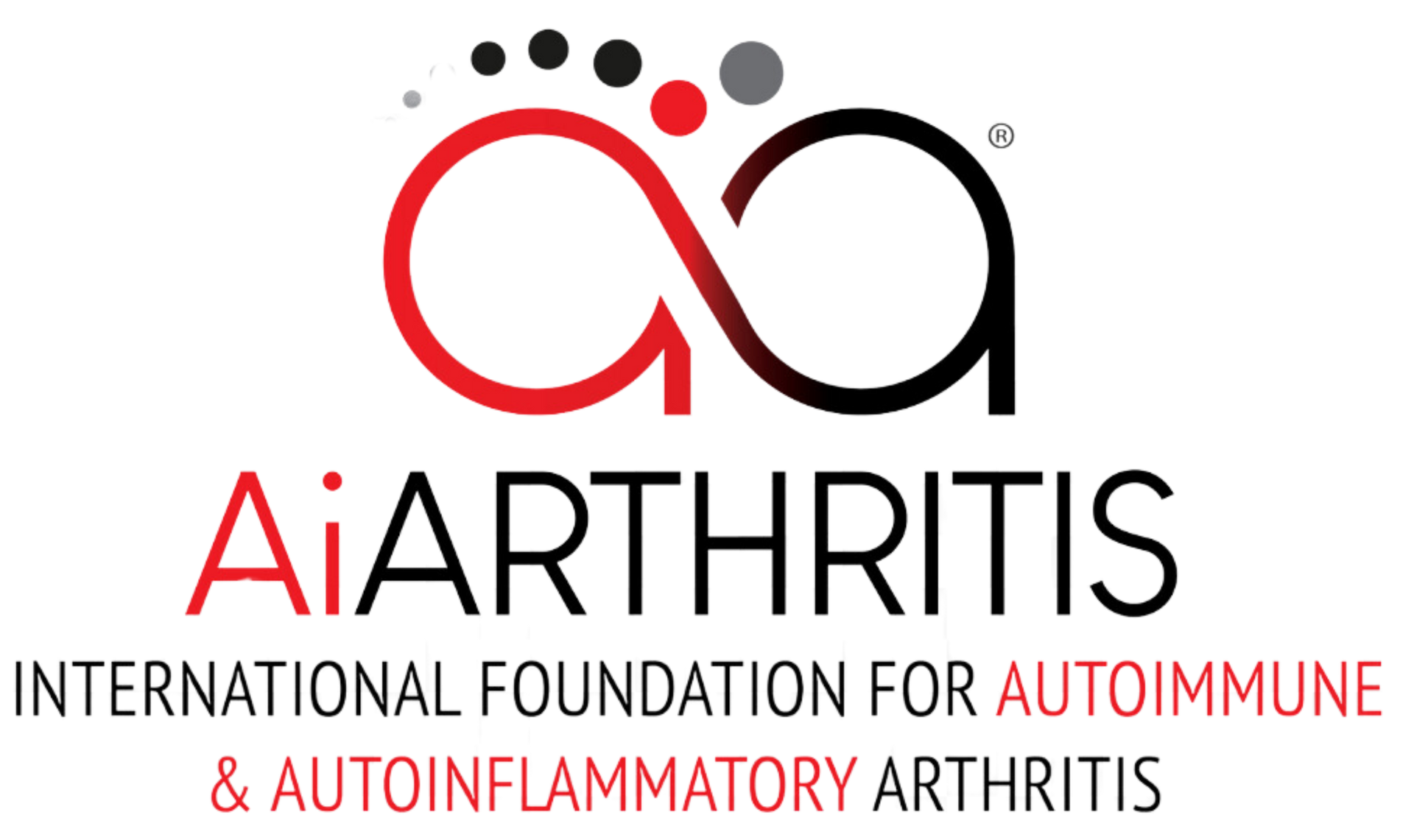Common Co-Existing Conditions in AiArthritis: What to Watch For

Autoimmune and autoinflammatory arthritis diseases, such as rheumatoid arthritis (RA), psoriatic arthritis (PsA), lupus arthritis, and ankylosing spondylitis, often come with co-existing conditions that complicate symptom management. These conditions may develop due to chronic inflammation, immune system dysfunction, over-stimulated central nervous system, or medication side effects, making it essential for patients to recognize overlapping symptoms and seek comprehensive care.
This guide explores frequently associated conditions, their impact, and how they overlap with autoimmune and autoinflammatory arthritis.
Fibromyalgia
What It Is A chronic pain disorder characterized by widespread musculoskeletal pain, fatigue, and cognitive difficulties. Often coexists with autoimmune arthritis, making it difficult to distinguish between the two conditions.
How It Overlaps
- Pain amplification – Fibromyalgia causes heightened pain sensitivity, worsening arthritis-related discomfort.
- Fatigue and brain fog – Shared symptoms with autoimmune diseases, complicating diagnosis.
- Sleep disturbances – Poor sleep quality exacerbates inflammation and pain.
Management Strategies
- Gentle exercise (yoga, swimming) to reduce stiffness.
- Cognitive behavioral therapy (CBT) for pain perception and emotional well-being.
- Medication adjustments to address nerve pain and inflammation.
Irritable Bowel Syndrome (IBS)
What It Is A gastrointestinal disorder causing abdominal pain, bloating, diarrhea, and constipation. Common in patients with autoimmune diseases due to gut inflammation and microbiome imbalances.
How It Overlaps
- Inflammatory bowel conditions – Some autoimmune diseases, like Crohn’s and ulcerative colitis, share symptoms with IBS, however it is not to be confused with Irritable Bowel Disease (IBD) such as Crohn’s and Colitis.
- Medication side effects – Certain arthritis treatments may trigger digestive issues.
- Stress-related flares – Emotional distress can worsen both IBS and arthritis symptoms.
Management Strategies
- Anti-inflammatory diet (fiber-rich foods, probiotics) to support gut health.
- Stress reduction techniques (meditation, deep breathing) to minimize flare-ups.
- Medication review to identify triggers and adjust treatment plans.

Depression and Anxiety
What It Is Mood disorders characterized by persistent sadness, worry, and emotional distress. Common in autoimmune patients due to chronic pain, fatigue, and social isolation.
How It Overlaps
- Inflammation and brain function – Studies suggest chronic inflammation contributes to mood disorders.
- Medication effects – Some arthritis treatments may cause mood swings or emotional instability.
- Social stigma – Invisible illnesses lead to frustration and lack of support.
Management Strategies
- Therapy and counseling to address emotional challenges.
- Mindfulness and relaxation techniques to reduce stress-related inflammation.
- Support groups to connect with others facing similar struggles.
Cardiovascular Disease
What It Is Increased risk of heart disease, high blood pressure, and stroke due to chronic inflammation. Patients with autoimmune arthritis are 1.5 to 2 times more likely to develop cardiovascular conditions.
How It Overlaps
- Inflammation and blood vessel damage – Autoimmune diseases contribute to arterial stiffness.
- Medication risks – Some arthritis treatments may affect heart health.
- Limited mobility – Reduced physical activity increases cardiovascular risk.
Management Strategies
- Heart-healthy diet (omega-3s, whole grains, lean proteins).
- Regular exercise (walking, swimming) to maintain circulation.
- Routine cardiovascular screenings to monitor heart health.
Sjögren’s Disease
What It Is Sjögren’s Disease is an autoimmune condition causing dry eyes, dry mouth, and systemic inflammation. Frequently coexists with RA and lupus, affecting mucous membranes and joints.
How It Overlaps
- Joint pain and stiffness – Similar to arthritis symptoms, making diagnosis challenging.
- Medication side effects – Some treatments may worsen dryness.
- Fatigue and systemic inflammation – Shared symptoms with autoimmune arthritis.
Management Strategies
- Artificial tears and saliva substitutes to relieve dryness.
- Hydration and humidifiers to maintain moisture levels.
- Medication adjustments to balance symptom relief.

Diabetes
What It Is A metabolic disorder affecting blood sugar regulation. Nearly half of adults with diabetes also have arthritis.
How It Overlaps
- Inflammation – Chronic inflammation is a shared factor in both conditions.
- Medication effects – Some arthritis treatments may impact blood sugar levels.
- Obesity link – Excess weight increases the risk of both arthritis and diabetes.
Management Strategies
- Blood sugar monitoring and anti-inflammatory diet.
- Regular physical activity to improve insulin sensitivity.
- Medication review to balance arthritis and diabetes treatments.
Obesity
What It Is Excess body weight that contributes to joint stress and inflammation. A major risk factor for autoimmune arthritis.
How It Overlaps
- Joint strain – Increased weight exacerbates arthritis symptoms.
- Inflammatory markers – Fat cells release inflammatory substances.
- Reduced mobility – Pain and stiffness limit physical activity.
Management Strategies
- Weight management through diet and exercise.
- Anti-inflammatory foods to reduce systemic inflammation.
- Physical therapy to improve mobility and joint function.
Osteoporosis
What It Is A condition characterized by weakened bones and increased fracture risk. Common in autoimmune arthritis patients, especially those on long-term steroids.
How It Overlaps
- Bone loss – Chronic inflammation accelerates osteoporosis.
- Steroid use – Medications for arthritis can weaken bones.
- Limited mobility – Reduced activity affects bone density.
Management Strategies
- Calcium and vitamin D supplementation.
- Weight-bearing exercises to strengthen bones.
- Medication review to minimize osteoporosis risk.
Recognizing co-existing conditions in autoimmune and autoinflammatory arthritis is essential for comprehensive symptom management. Many patients experience multiple autoimmune and autoinflammatory arthritis conditions simultaneously, making diagnosis and treatment more complex. By understanding how these conditions overlap, patients can advocate for proper care, adjust treatment plans, and improve overall well-being.
Discover the AiArthritis Precision Medicine Initiative, a patient-led effort advocating for tailored treatments based on individual biomarkers and disease profiles. Learn how precision medicine is transforming autoimmune and autoinflammatory arthritis care by promoting personalized therapies and improving outcomes.






